Exploring the Future of Building Panels: Top Trends and Innovations for 2025
As we move towards 2025, the construction industry is on the brink of significant transformations, particularly in the area of building panels. According to a recent report from MarketsandMarkets, the global building panels market is projected to reach USD 161.5 billion by 2025, growing at a CAGR of 6.5% from 2020. This growth is driven by the increasing demand for sustainable and energy-efficient construction materials, alongside innovations in panel manufacturing technologies.
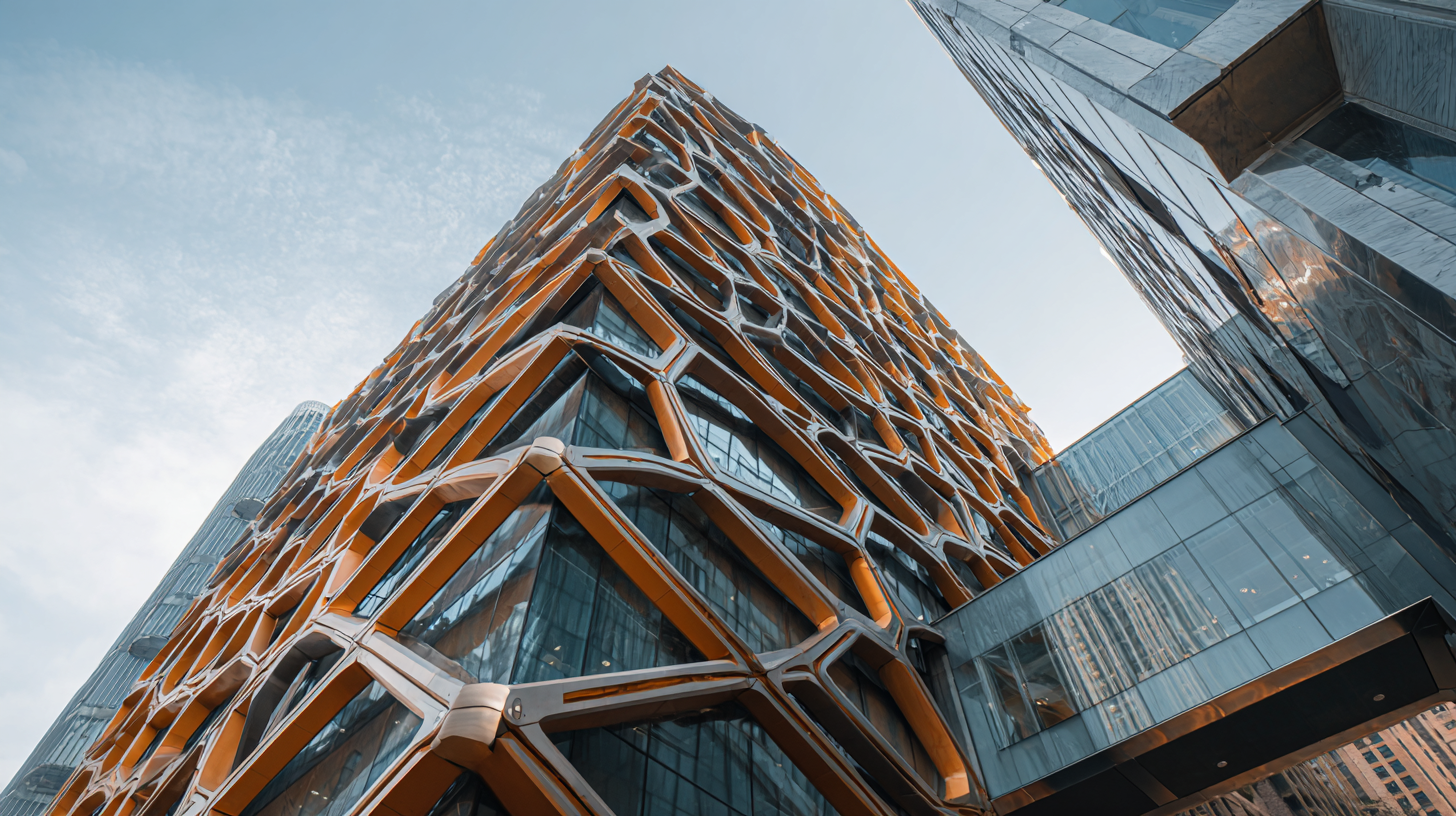
Industry experts emphasize that the advancements in building panels are crucial for meeting modern demands. John Smith, a leading expert at the International Panel Manufacturers Association, underscores this sentiment, stating, "The future of building panels lies in their ability to adapt to our needs—sustainability, efficiency, and resilience are no longer optional but essential." Trends such as the integration of smart technologies, the adoption of eco-friendly materials, and the development of modular panels are reshaping the landscape.
In this exploration of the future of building panels, we will delve into the top trends and innovations that are expected to define the industry in the coming years. By understanding these advancements, stakeholders can better position themselves to leverage opportunities and contribute to a more sustainable built environment.
Emerging Materials: Revolutionizing Building Panels for Energy Efficiency
In the quest for enhanced energy efficiency in construction, emerging materials are set to revolutionize building panels by 2025. According to a report by MarketsandMarkets, the global green building materials market is expected to reach $1.0 trillion by 2027, fueled by increasing demand for sustainability in construction practices. Insulated Concrete Forms (ICFs), for instance, are gaining traction due to their superior thermal performance and reduced energy costs, which align with the growing emphasis on eco-friendly building solutions.
Another noteworthy innovation is the integration of phase change materials (PCMs) into building panels. These materials can absorb and release thermal energy, helping to regulate indoor temperatures and significantly reduce heating and cooling energy consumption. A study from the International Energy Agency indicates that buildings utilizing PCMs can achieve energy savings of up to 25% annually. As builders and architects increasingly prioritize energy efficiency, the adoption of such innovative materials in building panels will play a critical role in shaping sustainable development in the construction industry.
Exploring the Future of Building Panels: Top Trends and Innovations for 2025
Smart Technology Integration in Building Panel Design and Functionality
The integration of smart technology in building panel design is set to transform the architectural landscape by 2025. As innovations continue to emerge, building panels will increasingly incorporate features such as transparent solar technology, allowing structures to harness and convert sunlight into energy. This trend not only promotes sustainability but also enhances the aesthetic appeal of buildings, making them more functional and visually striking. The marketplace for transparent solar panels is expected to reach $89.88 million by 2032, reflecting a robust compound annual growth rate of 18.40%.
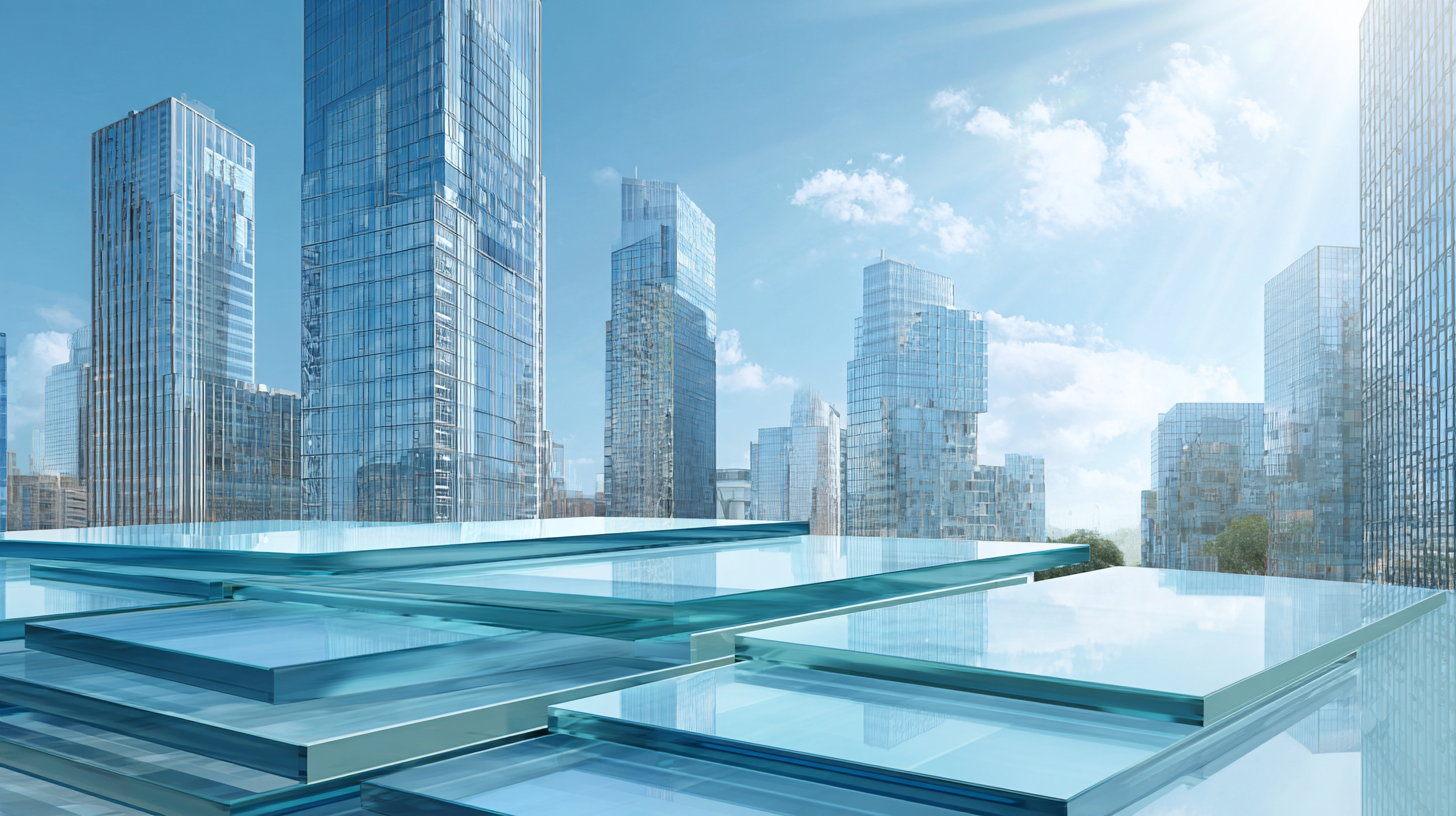
Moreover, the incorporation of artificial intelligence into building panel functionality is redefining operational efficiency. Intelligent panels equipped with AI-driven capabilities will optimize energy usage, provide real-time monitoring, and enhance user experience through smart connectivity. Recent advancements include integrated features such as NFC technology in display panels, enabling seamless interaction between devices and enhancing their multifunctionality. As the industry moves towards a greener, smarter future, the fusion of technology and design in building panels will play a pivotal role in shaping sustainable architecture.
Sustainable Practices: Eco-Friendly Innovations in Building Panels
As the construction industry evolves, sustainability has become a cornerstone of innovation, particularly in the realm of building panels. The emergence of eco-friendly materials is revolutionizing both residential and commercial construction by significantly reducing carbon footprints and enhancing energy efficiency. Techniques such as the incorporation of recycled materials and advanced insulation technologies are paving the way for structures that not only meet present-day standards but also anticipate future environmental challenges.
Saudi Arabia’s commitment to greener construction practices illustrates this shift on a global scale. By fostering local partnerships and employing cutting-edge technologies, the Kingdom is reshaping its architectural landscape. This approach not only responds to the urgent need for sustainable practices but also fosters economic growth within the region. As developers prioritize energy-efficient strategies and eco-friendly designs, the construction sector is increasingly gearing up to promote a sustainable built environment, ensuring that future buildings contribute positively to the planet’s health while providing enhanced living spaces for communities.
Customization and Aesthetic Trends Shaping Future Building Panel Choices
The future of building panels is being significantly influenced by customization and aesthetic trends that cater to the evolving preferences of architects and homeowners. According to a recent report by Markets and Markets, the global building panel market is expected to reach USD 69.2 billion by 2025, with a compound annual growth rate (CAGR) of 8.4%. This growth is driven by the demand for personalized design solutions that reflect individual style and enhance the visual appeal of buildings.
Customization is no longer a luxury but a necessity in modern building projects. Emerging technologies such as 3D printing and advanced CNC machining are enabling manufacturers to create bespoke panels that meet specific architectural requirements. Furthermore, aesthetic trends are shifting towards sustainable materials that not only provide functionality but also contribute to the overall design narrative of a space. For instance, the use of reclaimed wood and innovative composites is on the rise, aligning with the increasing consumer demand for environmentally responsible choices. As these trends continue to evolve, they will undoubtedly reshape the landscape of building panel selections in the coming years.
Exploring the Future of Building Panels: Top Trends and Innovations for 2025
| Trend | Description | Impact | Year of Adoption |
|---|---|---|---|
| Sustainable Materials | Increased use of eco-friendly building materials. | Reduces carbon footprint and enhances energy efficiency. | 2025 |
| Smart Panels | Integration of IoT technology into building panels. | Enhances building management systems and energy monitoring. | 2024-2025 |
| Customization Options | Greater focus on personalized designs and panel shapes. | Increases customer satisfaction and aesthetic value. | 2025 |
| Thermal Performance | Improved insulation properties in building panels. | Reduces energy costs and environmental impact. | 2024 |
| Aesthetic Trends | Emphasis on natural textures and colors. | Creates visually appealing spaces that resonate with nature. | 2025 |
Regulatory Changes: Adapting Building Panel Innovations to New Standards
The evolving landscape of building panel innovations is greatly influenced by regulatory changes aimed at enhancing safety, sustainability, and energy efficiency. By 2025, it is estimated that construction good practice standards will prioritize these elements, reacting to the pressures brought on by environmental regulations and the need for a low-carbon energy transformation. According to recent studies, effective regulation is critical for achieving the dual goals of technological development and carbon neutrality, with heightened efficiency expected as regulatory frameworks evolve.

Moreover, the integration of new technologies in construction, such as advanced materials and construction practices, will necessitate compliance with these developing standards. Reports indicate that the renewable energy sector is set to experience significant advancements, with policy changes guiding innovative approaches in building panel technologies. In fact, the 2026 Renewable Energy Industry Outlook highlights that as regulations tighten, companies will increasingly focus on innovative solutions that align with climate goals, further propelling the growth of sustainable building practices.
This convergence of regulatory frameworks and technological innovation presents an opportunity for the construction industry to lead in creating environmentally responsible and efficient infrastructures.
Related Posts
-
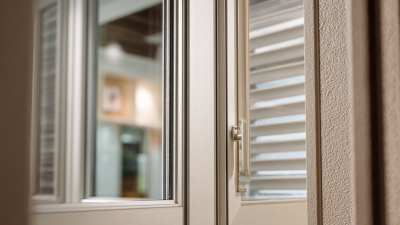
Exploring the Benefits of PVC Doors for Modern Home Design and Energy Efficiency
-

Revolutionize Your Space: The Ultimate Guide to Innovative Cooler Panels for Every Need
-

Understanding the Importance of Pipe Products in Modern Infrastructure Development
-

Understanding the Impact of Sustainable Building Cladding on Energy Efficiency
-
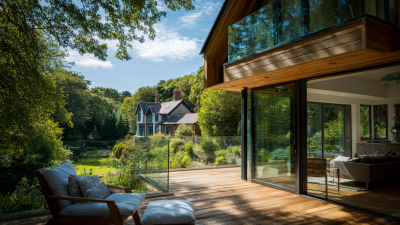
Exploring the Benefits of Composite Windows and Doors: The Future of Sustainable Home Design
-
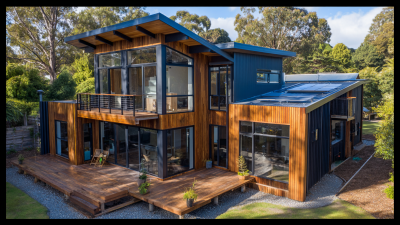
Transform Your Home: The Ultimate Guide to Choosing the Right Exterior Cladding for Energy Efficiency